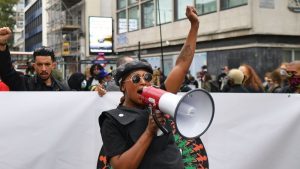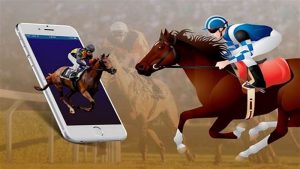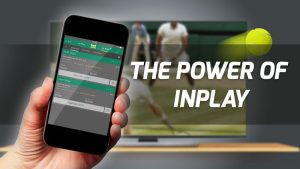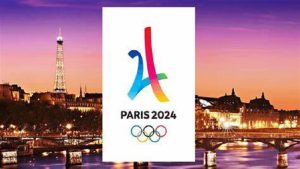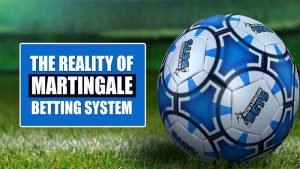
While activists and citizen journalists are physically organizing and occupying in the trenches, from Oscar Grant Plaza to Liberty Square and all over the world, they’re also sharing their experiences and observations with the world.
The 99% includes many people from the outskirts of the trenches to far beyond the trenches. How lucky are we to have technology to bring us together? Never before in history has it been possible for a person to watch history in the making from 3000 (or more) miles away, live, as it happens.
Some of us watching the action are doing so because we cannot physically Occupy. While there are many reasons someone might not be able to physically join marches and GAs (caring for family, conflicting work or other schedules, lack of transportation, lack of money, geographical location), some of us have physical or emotional challenges that keep us away. (Some of us have all types of challenges.) We’re the Occupiers with disabilities (OWD).
Disabilities that might prevent someone from being physically present at Occupy actions are diverse. Mobility, hearing, and vision impairments are some obvious ones, but able-bodied Occupiers might not realize some OWD are so sensitive to chemicals and irritants that they cannot risk exposure to violent tear gas attacks, let alone the peaceful burning of sage or tobacco, or a fellow Occupier’s scented toiletries.
Some OWD may have extreme social anxiety, depression, agoraphobia, or PTSD, and a large Occupy event is well beyond their personal safety or comfort zone. Some OWD may be able to walk or stand unassisted, but only for short distances or periods of time. Some OWD cannot leave their beds for more than a few minutes at a time. Some OWD are immunologically compromised and cannot risk even the sniffles from a fellow occupier. Far too often, we hear “But you don’t LOOK sick!” There are plenty of Occupiers on the front lines right now who are doing so with disabilities, too.
People with disabilities often have to fight harder for basic survival needs than those who are currently able-bodied. A simple trip to the supermarket might be exhausting or extremely painful, so a quick run to the store for an able-bodied person might take considerably longer for someone with a mobility impairment, or might require a long nap (or even longer recovery period) for someone with chronic fatigue syndrome.
A wheelchair user might be able to get around without discomfort, but if an action is not wheelchair accessible (or that accessibility isn’t obvious ahead of time), that OWD won’t be able to participate. For motorized chair users, they need to factor in how far they can travel before needing to recharge. While some OWD may be able to physically traverse the terrain of a march or other action, they might not be able to afford themselves the “luxury” of the long recovery period, particularly if they have other obligations.
What would we do without the internet? I think Occupy has gained momentum as quickly as it has because of it; there’s been no time before in history where it’s been so easy to disseminate information of all kinds this quickly. From a tiny computer in the palm of one occupier’s hand at Occupy DC, their experiences are accessible by (almost) anyone in the (first) world. The information is archived, but it’s also broadcast to networks upon networks of people in realtime. We repost and repeat, we have conversations about the movement within our own circles as well as random strangers. The mainstream media has failed us, but we clearly don’t need them.
Live streams in particular have been an amazing tool for OWD all over the world. Many of us are watching on the edge of our seats, as when the Oakland Police Department attacked peaceful protesters, when NYPD did the same, and every other time our civil liberties have been threatened since September.
Americans can see what’s going on beyond the country’s borders, and vice versa. We cheer and join in the chanting and excitement when there are solidarity marches and other peaceful assemblies from our chairs and beds. Not only are we active viewers, but we’re actively participating beyond where the action is happening. We’re sharing live stream links with our own networks, responding in real time. We’re telling the world about these activities, we’re researching, archiving, propagating information. We’re helping others become more informed both within and well beyond Occupy sites. We repost, repeat, and retweet officer names and badge numbers when occupiers are mistreated. We repost, repeat, and retweet your blogs, pictures, videos, and tweets. We comment, sign petitions, and participate in online forums. We help you trend and send stories to front pages.
Unfortunately, live streams and other videos are not always as accessible as they should be to some who are deaf, hard of hearing, or vision impaired, but I do see changes evolving with transcripts and subtitles. Continuing to have dialogues about OWD’s accessibility needs is already making a big difference. Technology and ingenuity will continue to make Occupy even more accessible to even more people.
Many of us OWD are grateful for those of you (with and without disabilities) who are physically occupying, stepping up and doing the job of the media that the media hasn’t done for a very, very long time. Without you on the front lines, we’d be ignorant in the dark and our voices would never be heard. Now, not only are OWD voices heard, but OWD are helping yours be heard by amplifying. Change is happening and a better world is possible. Together, we are the 99%.

